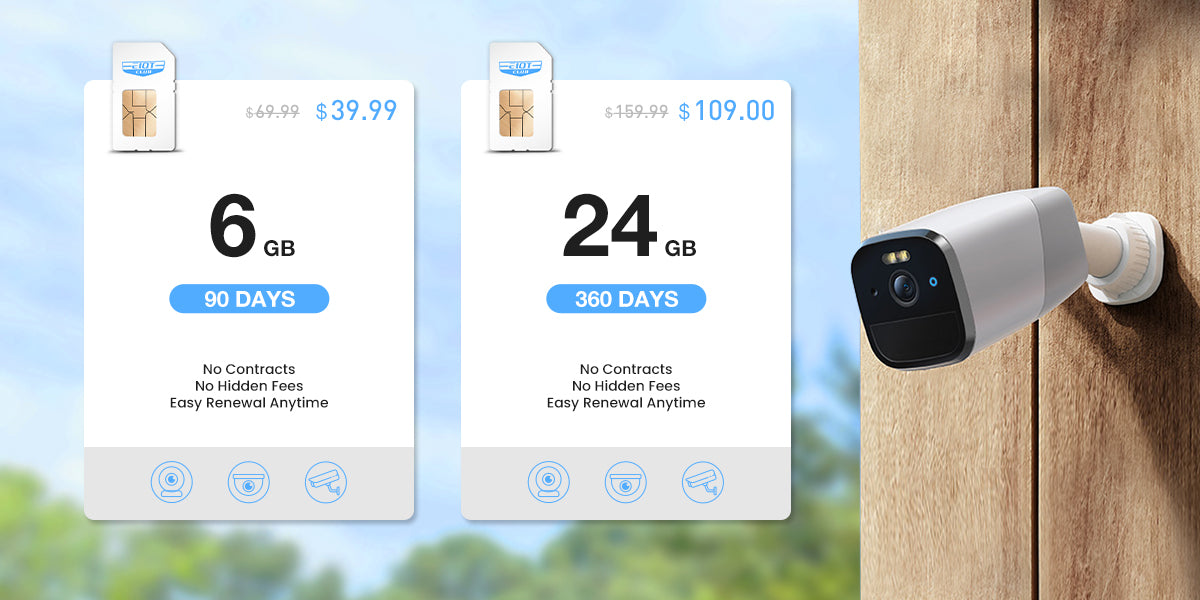When it comes to securing your property, a reliable security camera system is essential. However, choosing the right data plan for your security cameras can be a daunting task. With so many options available, it's important to understand the factors that will help you make an informed decision. In this step-by-step guide, we will walk you through the process of choosing the best data plan for your security camera system.

Step 1: Assess Your Security Camera System's Data Needs
The first step in choosing the best data plan for your security camera system is to assess your system's data needs. Consider the number of cameras you have, the resolution and frame rate at which they record, and the length of time you want to retain the footage. These factors will determine the amount of data your system will generate.
For example, if you have multiple high-resolution cameras recording 24/7, you will require a data plan with a higher data cap or unlimited data to ensure uninterrupted surveillance. On the other hand, if you have a small system with lower-resolution cameras and only need to retain footage for a few days, a lower data plan may suffice.
Step 2: Research Different Data Plan Options
Once you have assessed your security camera system's data needs, it's time to research different data plan options. There are several types of data plans available, including cellular data plans, broadband plans, and dedicated security camera plans.
Cellular data plans use cellular networks to transmit data from your security cameras to the cloud. These plans are ideal for remote locations where broadband internet may not be available. Broadband plans, on the other hand, use your existing internet connection to transmit data. Dedicated security camera plans are specifically designed for security camera systems and offer features such as unlimited data and priority network access.
Step 3: Compare Data Plan Features and Pricing
Once you have identified the different data plan options, it's important to compare their features and pricing. Look for data plans that offer the necessary data cap or unlimited data, as well as features such as priority network access and cloud storage options.
Consider the pricing of each data plan and evaluate whether it fits within your budget. Keep in mind that while some data plans may have a higher upfront cost, they may offer better features and reliability in the long run.
Step 4: Consider Network Reliability and Security
When choosing a data plan for your security camera system, network reliability and security are crucial factors to consider. Ensure that the data plan you choose offers a reliable network connection with minimal downtime. A reliable network connection is essential to ensure uninterrupted surveillance and timely access to your camera feeds.
In addition, prioritize data plans that offer secure encryption for your camera feeds and stored footage. This will help protect your sensitive data from unauthorized access and ensure the privacy of your surveillance system.
By following these steps, you can confidently choose the best data plan for your security camera system. Remember to regularly assess your system's data needs and adjust your data plan accordingly to ensure optimal performance.
Conclusion
Choosing the best data plan for your security camera system is a crucial step in ensuring the effectiveness of your surveillance. By assessing your system's data needs, researching different data plan options, comparing features and pricing, and considering network reliability and security, you can make an informed decision that meets your requirements.
For more information on choosing the best data plan for your security camera system, check out the following resources:







